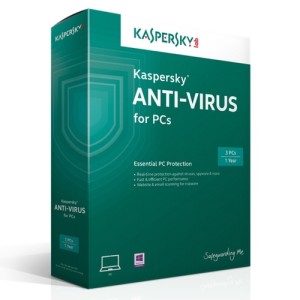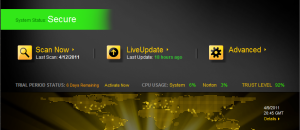 The very best safety suites would be the ones you never notice, simply because they perform silently in the background. But whenever you wish to dig into the settings, you’ll appreciate dealing with a well-designed user interface that even a novice can understand.
The very best safety suites would be the ones you never notice, simply because they perform silently in the background. But whenever you wish to dig into the settings, you’ll appreciate dealing with a well-designed user interface that even a novice can understand.
Kaspersky Internet Security 2014 ($60 for one particular year of protection on up to three PCs) is one particular such suite. It provides fantastic protection, and its style operates well on touch and nontouch systems.
In AV-Test’s real-world battery of tests involving Internet and email threats, Kaspersky blocked 100% of zero-day attacks, matching the overall performance of Eset Sensible Security 7, F-Secure Net Safety 2014, Norton World wide web Safety 2014, and Trend Micro Titanium Maximum Safety 2014, and making it one of the strongest safety suites in our roundup. AV-Test’s baseline safety program, Microsoft Safety Essentials, blocked just 71 percent of zero-day attacks. Kaspersky also sailed by way of our malware zoo test (identifying and blocking widespread recognized malware that had been discovered within the previous month), stopping 100% of attacks.
Since many users get spam filtering from their email provider, Kaspersky’s antispam component is disabled by default. When enabled, it filters incoming POP3 and IMAP email accounts, marking messages as spam or probable spam. It integrates with Outlook, allowing automatic filing of spam messages in their own folder. Users of other email clients can simply define a message rule to divert the spam.
The only setting most users will see is a simple slider that sets the filter’s sensitivity level. Even the page of advanced settings isn’t crowded with detail. I left all settings at their default values for testing.
Downloading 1,000 messages with Kaspersky’s filter active took about 1.9 times as long as with no spam filter. Most people never download more than a few dozen messages at once, and email downloading happens in the background. You won’t notice any delay.
I let the spam filter process thousands of messages from a real-world spam-infested email account. After discarding any messages more than 30 days old, I sorted the inbox and the spam folder into valid personal mail, valid bulk mail (newsletters and such), and undeniable spam, discarding the rest.
Kaspersky proved quite accurate. It didn’t discard a single valid message, and it only let 8.1 percent of spam into the inbox. Trend Micro had the very lowest missed-spam percentage among recent suites, just 3.9 percent, but it did toss a tiny 0.1 percent of valid mail in with the spam.
Kaspersky’s parental control system has changed very little since my last review, which means it remains unusually effective for a parental control component of a security suite. It can block access to websites matching any of over a dozen categories and define a weekly schedule for when each child is allowed to use the computer, as well as a daily cap on usage. Many suites stop with those two features; Kaspersky goes much further.




